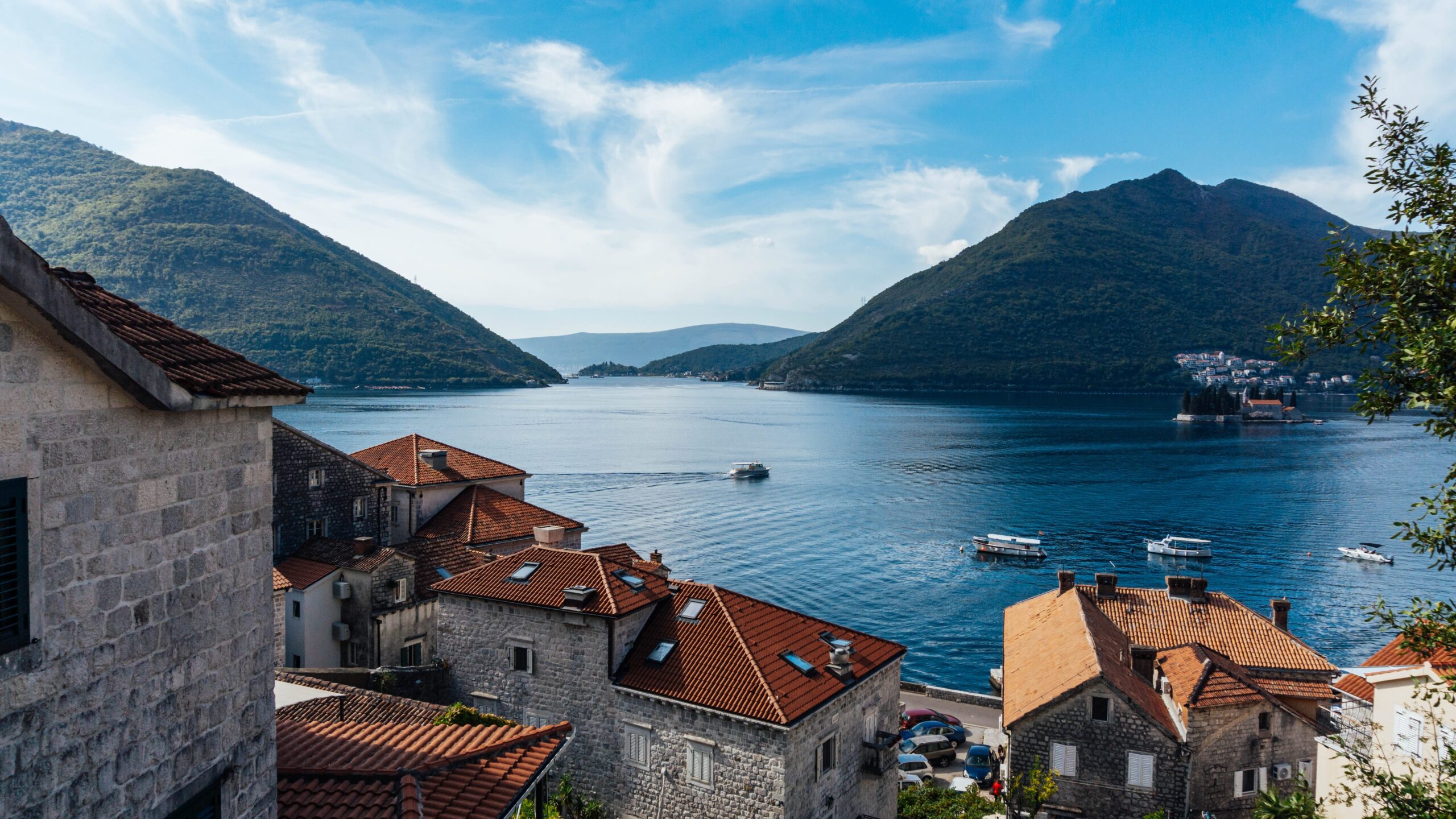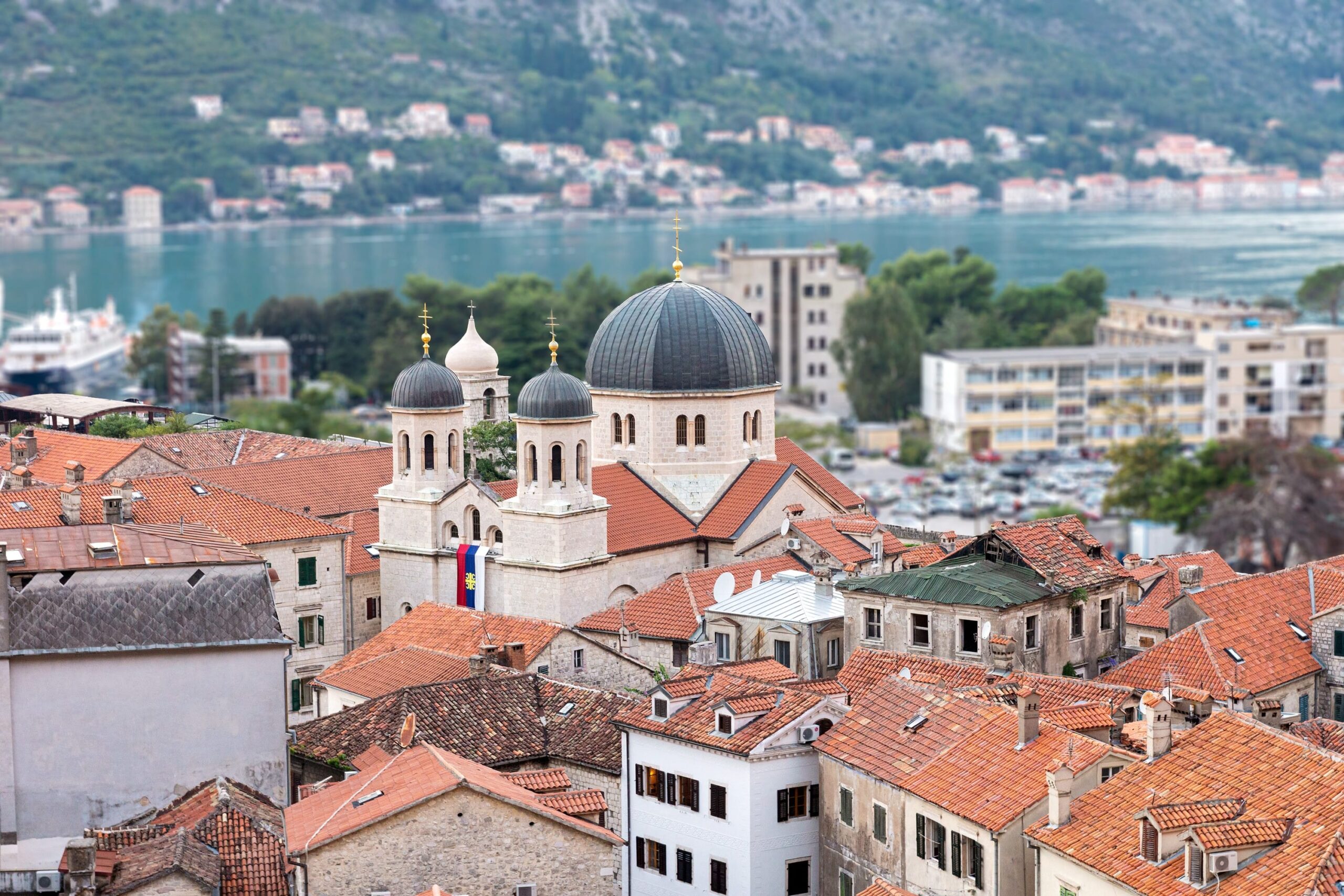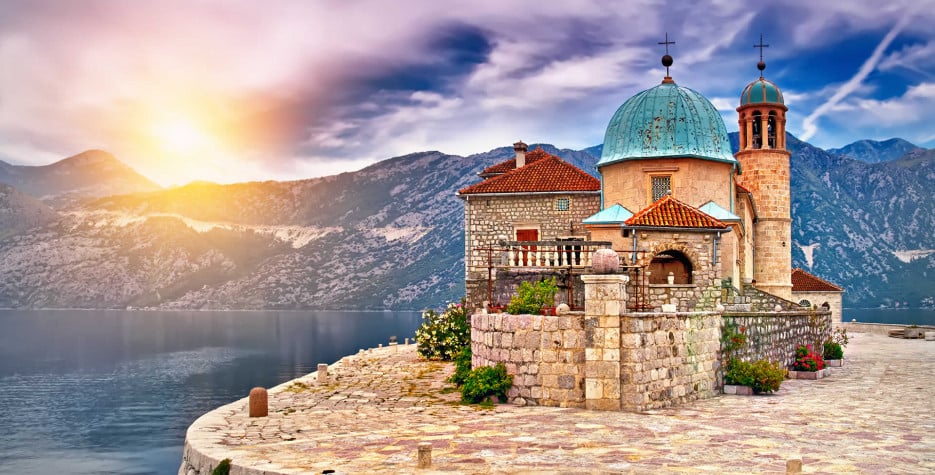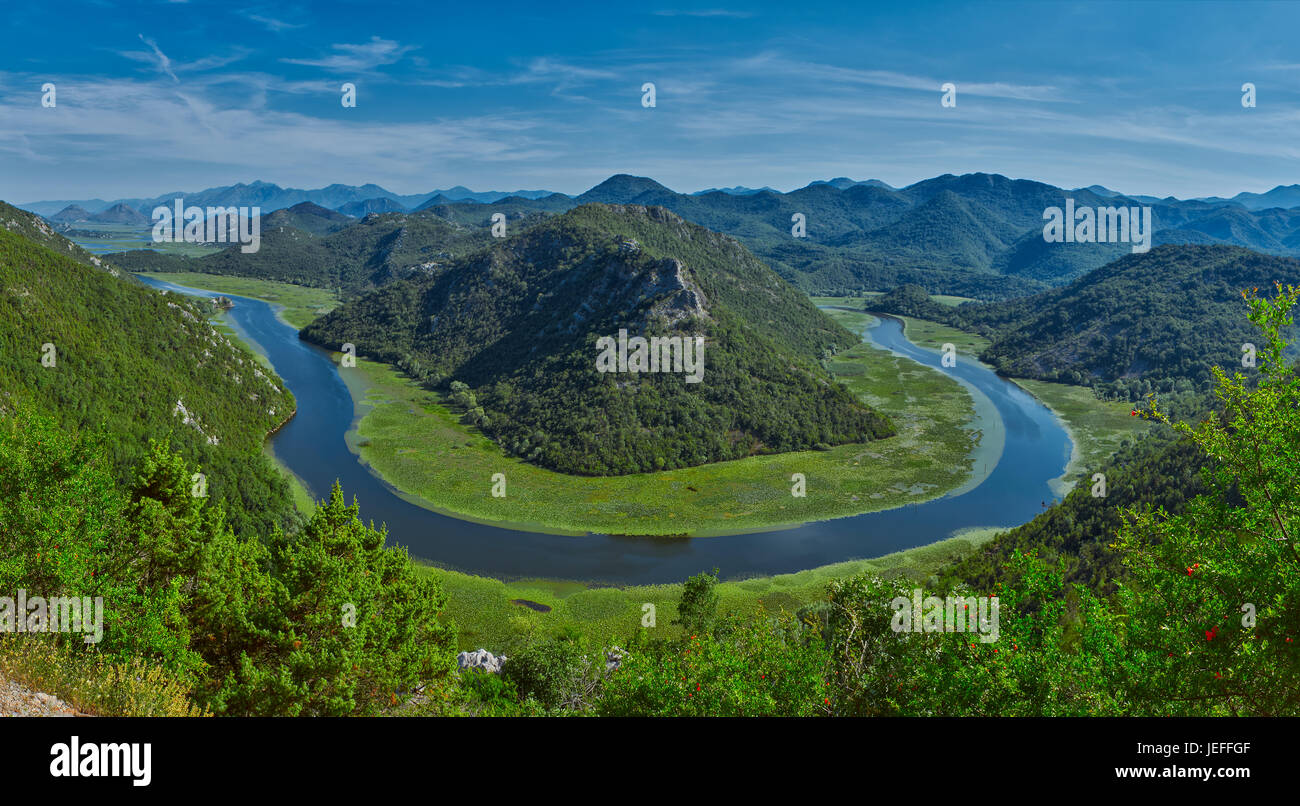Montenegro: A Journey Through Majestic Landscapes And Rich History In 2025
Montenegro: A Journey Through Majestic Landscapes and Rich History in 2025
Related Articles: Montenegro: A Journey Through Majestic Landscapes and Rich History in 2025
Introduction
In this auspicious occasion, we are delighted to delve into the intriguing topic related to Montenegro: A Journey Through Majestic Landscapes and Rich History in 2025. Let’s weave interesting information and offer fresh perspectives to the readers.
Table of Content
Montenegro: A Journey Through Majestic Landscapes and Rich History in 2025

Montenegro, the "Black Mountain," is a captivating Balkan nation nestled between the Adriatic Sea and the towering Dinaric Alps. Its rugged beauty, pristine coastline, and rich cultural heritage offer a diverse and unforgettable travel experience. As we look ahead to 2025, Montenegro continues to evolve as a premier travel destination, offering a blend of adventure, relaxation, and cultural immersion. This guide provides a comprehensive overview of what awaits travelers in this captivating country.
Navigating Montenegro: A Look at the Landscape
Montenegro’s topography is as varied as its history. The country can be broadly divided into three distinct regions:
-
The Coast: The Adriatic coastline is a sun-drenched paradise, boasting picturesque towns like Budva, Kotor, and Herceg Novi. The turquoise waters, sandy beaches, and charming marinas offer a perfect blend of coastal relaxation and active pursuits like swimming, sailing, and waterskiing.
-
The Mountains: The Dinaric Alps dominate the interior, offering breathtaking vistas and challenging hiking trails. The Durmitor National Park, a UNESCO World Heritage site, is home to stunning mountain peaks, deep canyons, and pristine glacial lakes.
-
The North: The northern region is a land of rolling hills, fertile valleys, and charming villages. It offers a glimpse into traditional Montenegrin life, with its quaint architecture, local markets, and unique cultural experiences.
Exploring the Gems: A Journey Through Montenegro’s Cultural Tapestry
Montenegro’s history is a rich tapestry woven with influences from the Roman Empire, the Ottoman Empire, and the Venetian Republic. This diverse heritage is evident in its architecture, cuisine, and traditions.
-
Kotor: A UNESCO World Heritage site, Kotor is a medieval city surrounded by towering walls. Its narrow streets, cobblestone squares, and impressive fortifications offer a glimpse into its rich past.
-
Budva: A popular resort town, Budva offers a vibrant nightlife, stunning beaches, and a charming old town with Venetian architecture.
-
Cetinje: The former capital, Cetinje, is a historic city steeped in tradition. The city’s museums, monasteries, and royal palaces offer a fascinating journey through Montenegro’s cultural heritage.
-
Lovcen National Park: Nestled in the heart of the Dinaric Alps, Lovcen National Park is a sanctuary for nature lovers and adventurers. The park’s dramatic landscapes, hiking trails, and breathtaking views offer a unique and unforgettable experience.
Beyond the Tourist Trail: Unveiling Hidden Gems
Montenegro offers a myriad of hidden gems for those seeking an off-the-beaten-path adventure.
-
The Tara River Canyon: One of the deepest canyons in Europe, the Tara River Canyon is a breathtaking natural wonder. Adventure seekers can enjoy white-water rafting, kayaking, and hiking.
-
The Bay of Kotor: The Bay of Kotor, a UNESCO World Heritage site, is a fjord-like inlet that offers stunning views and charming coastal towns.
-
Skadar Lake: The largest lake in the Balkans, Skadar Lake is a haven for birdwatchers and nature enthusiasts. The lake’s islands and surrounding wetlands offer a unique ecosystem teeming with diverse flora and fauna.
Montenegro in 2025: A Look Towards the Future
Montenegro is undergoing a period of rapid development, with a focus on sustainable tourism and infrastructure improvements.
-
Sustainable Tourism: The country is committed to promoting eco-friendly travel practices, preserving its natural beauty and cultural heritage. This includes initiatives like promoting responsible tourism, reducing carbon footprint, and supporting local communities.
-
Infrastructure Development: Montenegro is investing in its infrastructure, with improvements to roads, airports, and public transportation. This will make it easier for travelers to explore the country and access its diverse attractions.
-
Growing Culinary Scene: Montenegro’s culinary scene is evolving, with a growing number of restaurants offering innovative and authentic cuisine.
FAQs by Montenegro Travel Guide 2025
Q: What is the best time to visit Montenegro?
A: The best time to visit Montenegro depends on your preferences. The peak season is from June to August, offering warm weather and ideal conditions for swimming and sunbathing. Spring (April-May) and autumn (September-October) offer pleasant weather and fewer crowds. Winter (December-February) offers a unique experience with snow-capped mountains and winter sports opportunities.
Q: What is the currency in Montenegro?
A: The official currency of Montenegro is the Euro (€).
Q: What is the visa policy for Montenegro?
A: Citizens of many countries can enter Montenegro without a visa for a period of up to 90 days. However, it is recommended to check the specific visa requirements for your nationality before traveling.
Q: Is Montenegro safe for travelers?
A: Montenegro is generally considered a safe country for travelers. However, it is always advisable to take common-sense precautions and be aware of your surroundings.
Q: How do I get around Montenegro?
A: Montenegro offers a variety of transportation options, including buses, trains, taxis, and rental cars. For longer distances, buses are a cost-effective option. Rental cars are ideal for exploring the country at your own pace.
Tips by Montenegro Travel Guide 2025
-
Learn a few basic phrases in Montenegrin: While English is widely spoken in tourist areas, learning a few basic phrases in Montenegrin will enhance your travel experience and show respect for the local culture.
-
Pack for all weather conditions: Montenegro’s climate can be unpredictable, so pack layers of clothing suitable for both warm and cool weather.
-
Try the local cuisine: Montenegrin cuisine is a delicious blend of Mediterranean and Balkan influences. Be sure to sample traditional dishes like "cevapi," "pljeskavica," and "Njeguški pršut."
-
Respect local customs: Montenegro is a culturally rich country, and it is important to respect local customs and traditions.
-
Be prepared for steep hills and uneven terrain: Montenegro’s terrain is often challenging, so be prepared for steep hills and uneven terrain, especially when hiking or exploring the mountains.
Conclusion by Montenegro Travel Guide 2025
Montenegro offers a unique and unforgettable travel experience, blending breathtaking landscapes, rich history, and a welcoming culture. Whether you seek adventure, relaxation, or cultural immersion, Montenegro has something to offer every traveler. As the country continues to evolve and embrace sustainable tourism, it is poised to become an even more popular destination in the years to come. So, pack your bags, embrace the spirit of adventure, and embark on a journey through the majestic landscapes and rich history of Montenegro.








Closure
Thus, we hope this article has provided valuable insights into Montenegro: A Journey Through Majestic Landscapes and Rich History in 2025. We thank you for taking the time to read this article. See you in our next article!